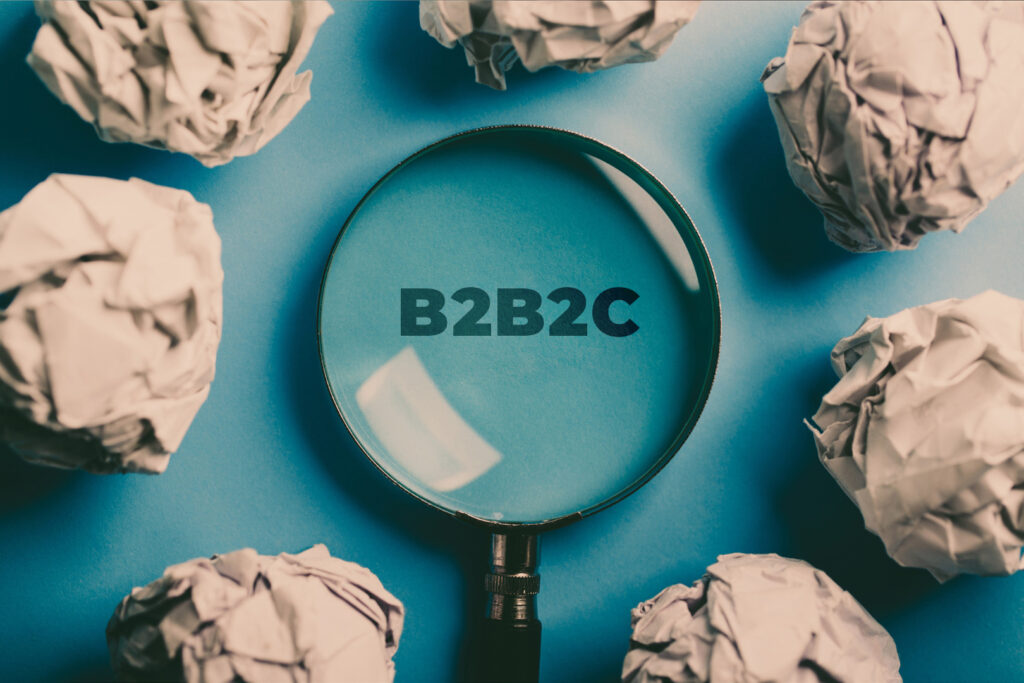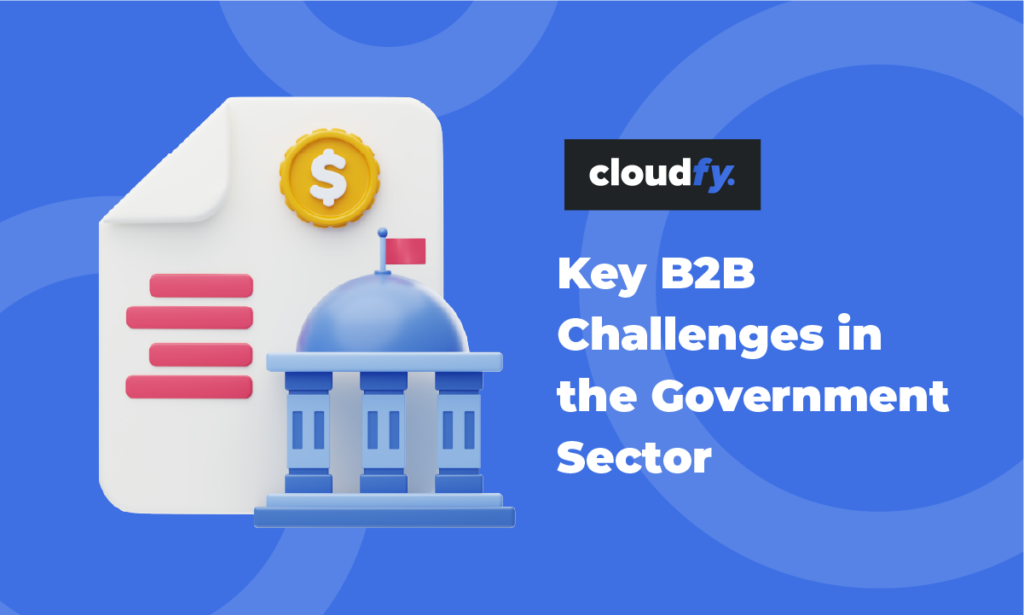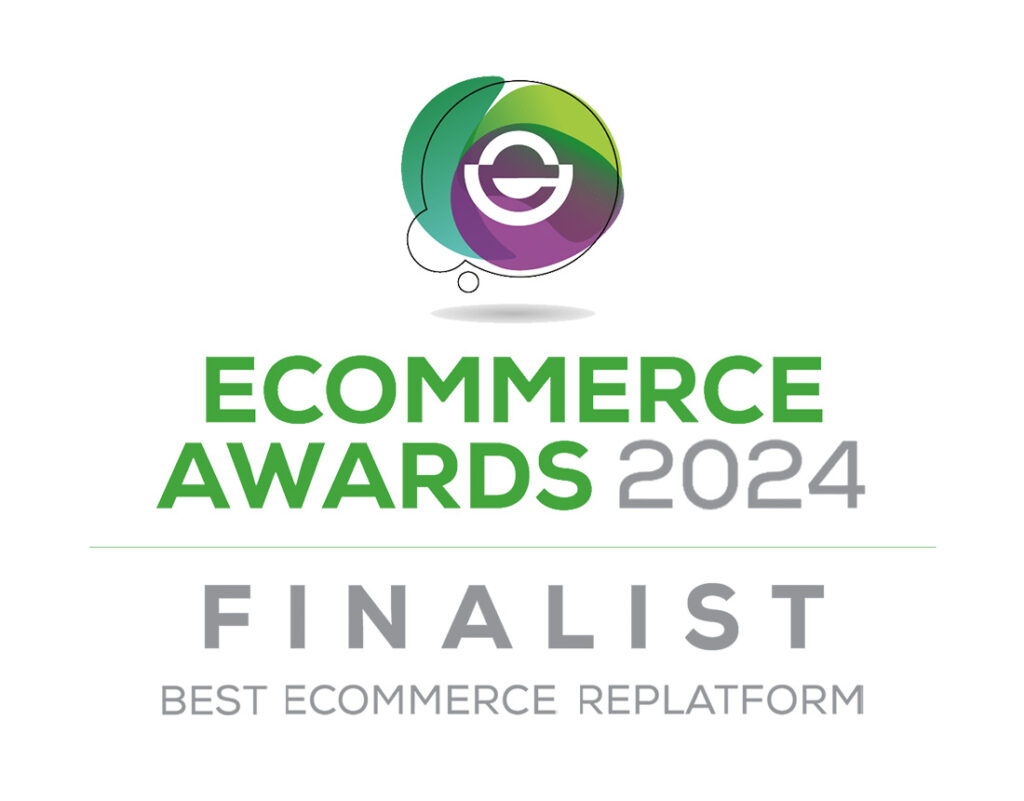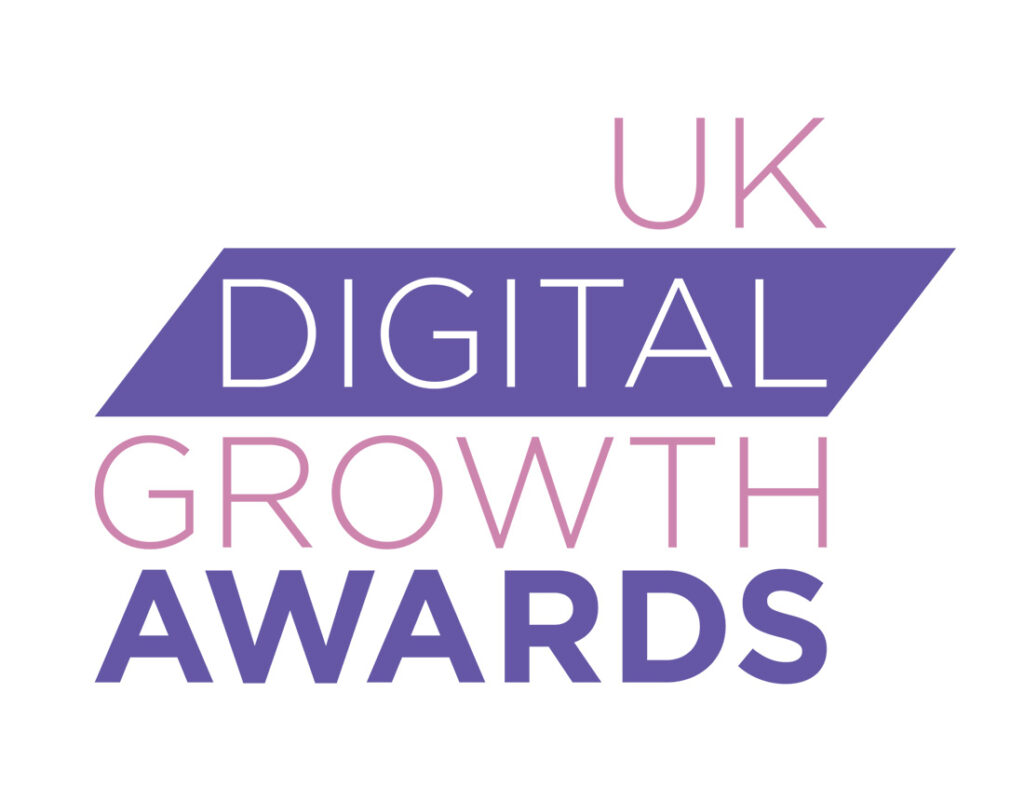The distinction between selling to other businesses (B2B) and selling to consumers (B2C) isn’t so clear anymore. As ecommerce grows and develops a new business-to-business-to-consumer (B2B2C) approach is growing in popularity. What could it mean for your business?
What is B2B2C ecommerce?
B2B companies are now building new relationships that will help them reach their target end users and consumers in a B2B2C model. It’s not like working with a wholesaler who sells to a retailer who then sells to the customer or with companies that sell products in a ‘white label’ arrangement.
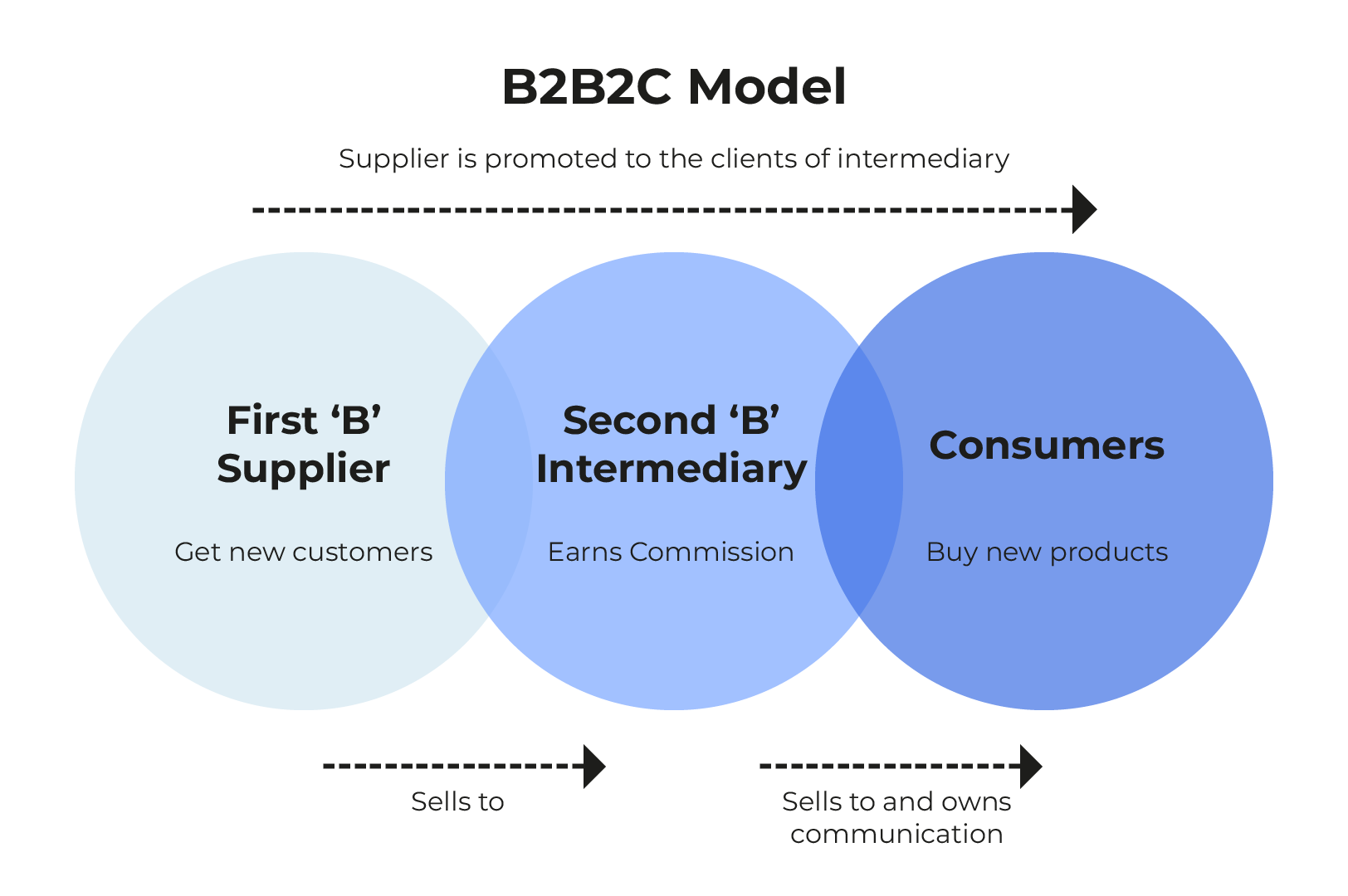
B2B2C arrangements can include:
- Two businesses that sell to the same end customers; one can’t easily access them while the second already has a relationship with them.
- A business that wants to offer a wider range of products to its customers but doesn’t want to develop them, so is happy to sell another business’s products.
- A business that is happy to offer a product or service to its customers as part of a broader package.
- A business that will allow another business to access its customers to help them increase brand awareness.
How does B2B2C work in practice?
For B2B2C to be effective, the companies working together must provide value to their customers that they wouldn’t achieve on their own. It’s different from selling directly to consumers (D2C) or a channel partnership where products or services are marketed and sold, often with co-branding.
For example, Uber Eats sells its delivery service to restaurants and to consumers as well. Many of the mobile apps used by consumers for deliveries can be regarded as B2B2C.
An ecommerce platform selling groceries could meet the needs of customers who prefer to shop online rather than visiting a store without having to store products in a warehouse. Instead, they will work in partnership with the grocery stores who won’t need to create their own online shopping channel. Customers know that their shopping is coming from their favorite grocery store and not the ecommerce platform. Businesses providing this type of service, like Instacart, have thrived during the pandemic.
Providers like Affirm arrange installment loans for consumers to use at the point of sale to finance their purchases. So, for example, a company selling high value household appliances might pass on customers who want to arrange a finance package. The customer knows that the product and the finance come from different providers and is happy with the arrangement because it allows them to make their purchase.
Generally, the rise of ecommerce provides entrepreneurs with opportunities to create B2B2C businesses in partnership with online sellers. In return, businesses can gain access to infrastructure and customer information quickly and cost effectively.
B2B2C pros and cons
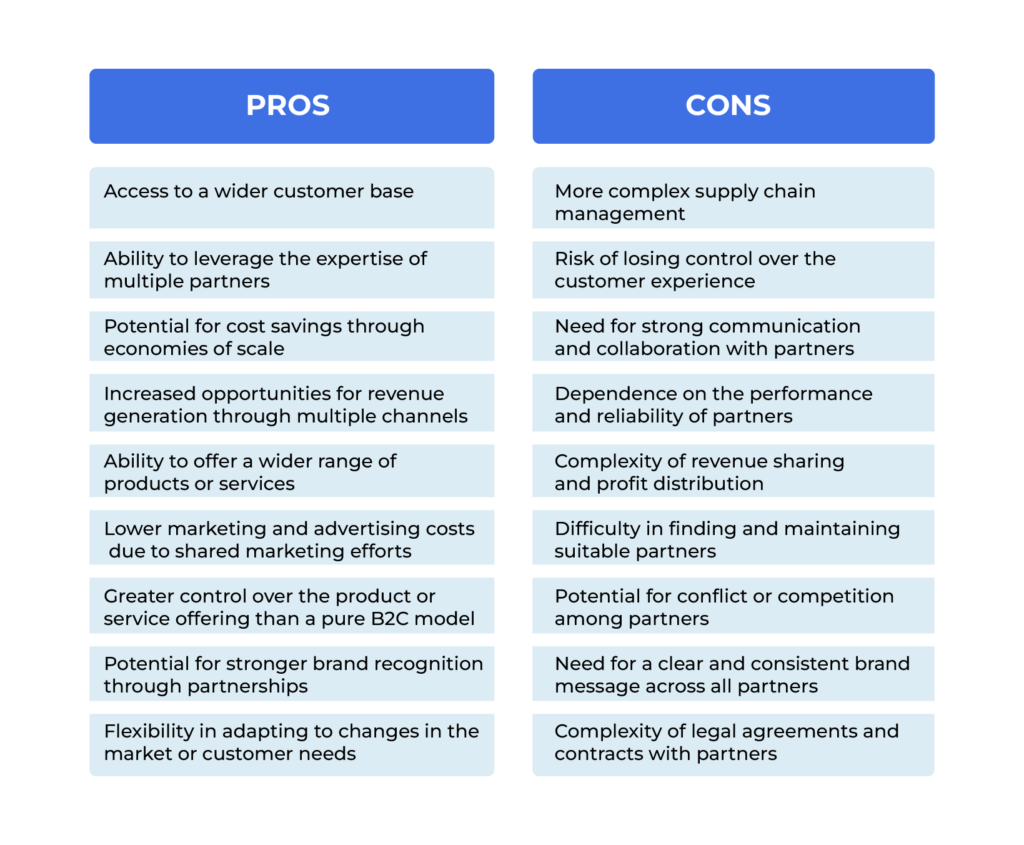
Challenges of B2B2C Ecommerce
Although while B2B2C ecommerce has many alluring advantages for companies, it may be difficult to manage. Both parties must put in work for B2B2C collaborations, especially when it comes to:
Data exchange
Real-time interconnections between all parties are necessary for effective B2B2C ecommerce collaborations. Data must be synchronised across customer records, stock, inventory, pricing, promotions, marketing tactics, and loyalty data linkages. Failing to do so may provide a consumer experience that is fragmented (CX).
Customer ownership
B2B2C relationships succeed when both sides share customer ownership and provide an equal number of customers. Another option is for one party to keep track of every client and pay the “contributor” properly for generating sales.
Brand distinction
Unlike “white label” collaborations, B2B2C relationships presuppose distinct separation between each business.
Promotion
Fair product promotion requires the cooperation of both sides. Why bother having them on board if the partner doesn’t provide your items a respectable amount of exposure?
Benefits of the B2B2C Business Model
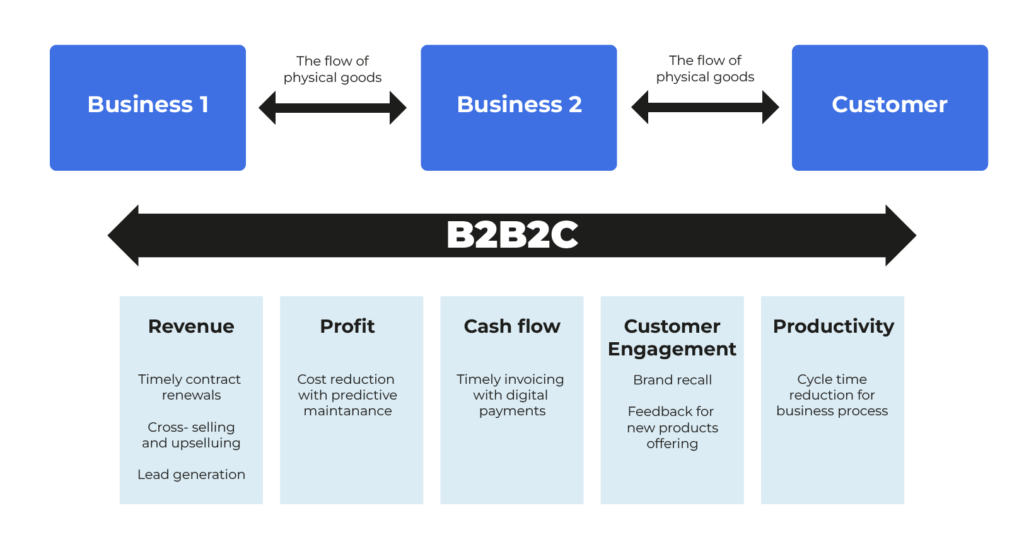
B2B2C marketing
The B2B2C marketing model involves both B2B and B2C audiences, so data sharing between the partners is an important consideration for sales, customer service, and reputation.
Demand generation for both your business partners and consumers will be needed. Some companies focus on increasing brand recognition to drive consumer demand. Others focus on their business intermediaries, using Account Managers for example, to encourage them to promote their product or service. Whatever the balance, messaging is needed to appeal to both audiences.
In an ecommerce collaboration you will be jointly responsible for making sure everything on the website performs well, from load times and effective navigation and page structure to the overall design and branding. Most importantly, you will also need to meet the growing expectation that buying experiences will be personalized.
While one of the big advantages of the B2B2C model is the opportunity to reach new audiences, when customers are in different parts of the world you will need to manage deliveries, documentation, and customer queries in multiple languages and manage multi-currency pricing and local taxes.
Book a free Cloudfy demonstration to find out how you can enable your business to move to a B2B2C model with a powerful ecommerce platform.
FAQ
What is the B2B2C model in ecommerce?
The B2B2C model is a novel strategy for establishing connections between B2B companies that share the same end consumer. This happens more frequently in ecommerce through the use of online marketplaces, brand awareness, consumer market size, and the accessibility of consumer data.
What is the difference between B2B, B2C and B2B2C?
Business-to-business, or B2B, refers to the sale of a good or service by one firm to another.
Business-to-consumer, or B2C, refers to businesses that offer goods or services directly to customers.
The B2B2C model is more complicated than the B2B and B2C models, which both depict a linear relationship. Two firms are collaborating in this situation to reach the final customer, and this may be done in a variety of ways, from an e-commerce website to a financial service plan.
How would you do marketing for a B2B2C ecommerce business?
The key to successful B2B2C marketing is finding the proper mix. Make sure that promotion efforts on each sales channel are in line with the appropriate buyer experience, are funded appropriately, and don't compete with other channels' sales.
